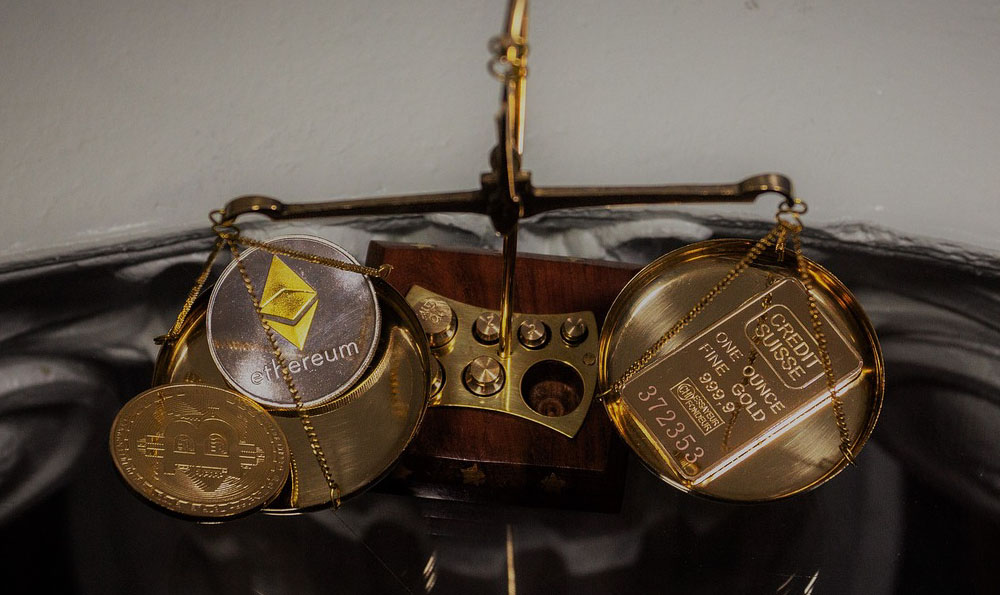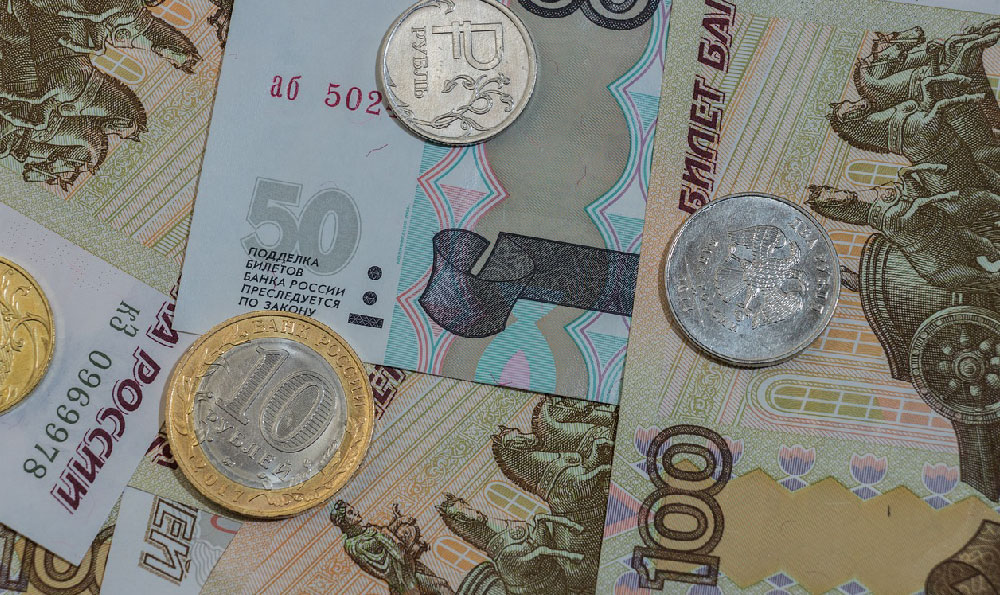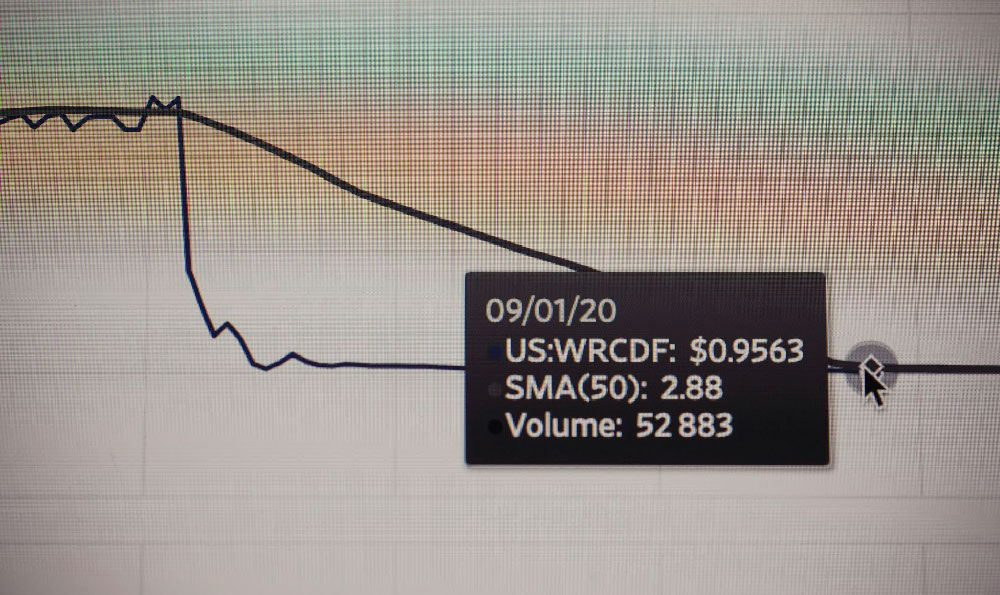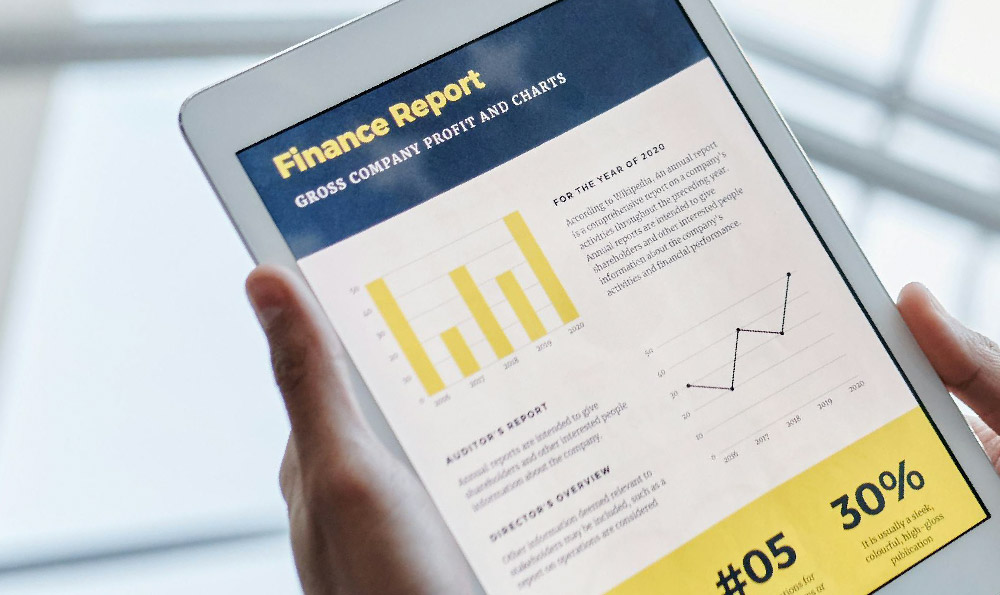How Do Monks Live & Where Do They Get Money?

Monks, often seen as figures detached from the material world, lead lives centered around spiritual practice, community service, and personal enlightenment. This raises a fundamental question: How do they sustain themselves financially while dedicating their lives to principles that often seem at odds with the accumulation of wealth? The answer lies in a multifaceted system of support, combining ancient traditions with modern adaptations.
The bedrock of monastic sustenance traditionally rests upon the principle of donation and offering. In many Buddhist traditions, for example, the concept of dana, meaning generosity or giving, is paramount. Lay practitioners, seeking blessings or spiritual merit, offer food, clothing, medicine, and shelter to the monastic community. This system isn't merely about charity; it's a reciprocal relationship. The monks, in turn, provide spiritual guidance, teachings, and blessings to the lay community. This creates a cyclical flow of support where both parties benefit – the lay people gaining spiritual nourishment and the monks receiving material necessities. This deeply ingrained cultural practice, passed down through generations, provides a significant portion of the resources required for monastic life.
The form of these donations varies significantly across different monastic orders and geographical locations. In some Southeast Asian countries, it is common to see monks making daily rounds through villages, accepting alms from local residents. The food collected is then shared amongst the community. In other settings, monasteries might receive larger, more structured donations from wealthy benefactors or established charities. Regardless of the specific method, the core principle remains the same: the monastic community relies on the generosity of others to provide for their basic needs.

Beyond direct donations, many monasteries engage in activities that generate income while remaining consistent with their spiritual principles. One common practice is the production and sale of religious items. These could include prayer beads, incense, religious artwork, or books on Buddhist philosophy. These items are often purchased by pilgrims and visitors as reminders of their spiritual journey or as gifts for loved ones. The income generated from these sales is then used to support the monastery and its activities. The creation and sale of these items often involve the skills of the monks themselves, contributing to a sense of self-sufficiency and purpose within the community. It also offers a tangible connection to their beliefs for the wider community.
Furthermore, many monasteries have diversified their income streams by offering services such as meditation retreats, workshops on mindfulness, and spiritual counseling. These activities not only generate revenue but also provide valuable opportunities for lay people to learn about and engage with Buddhist teachings. The monks’ expertise in these areas makes them uniquely positioned to offer these services, attracting individuals seeking stress reduction, personal growth, or a deeper understanding of spirituality. This type of engagement allows monasteries to remain relevant and connected to the contemporary world while staying true to their core mission.
Another significant source of income for some monasteries, particularly those located in tourist areas, is tourism. Many monasteries welcome visitors who are interested in learning about their way of life, exploring the architecture, and experiencing the peaceful atmosphere. Some monasteries charge admission fees or offer guided tours to generate income. However, it is important to note that monasteries carefully manage tourism to ensure that it does not disrupt the monks' daily routines or compromise the spiritual environment. The focus remains on providing an authentic and respectful experience for visitors while maintaining the sanctity of the monastic space.
Investment in the financial markets, while seemingly counterintuitive, can also play a role, especially for larger and more established monasteries. Monasteries might invest in real estate, stocks, or bonds to generate income that can be used to support their operations and charitable activities. However, these investments are typically made with a long-term perspective and with a strong emphasis on ethical considerations. Monasteries are unlikely to invest in companies that are involved in activities that are harmful to society or the environment. The goal is to generate sustainable income that aligns with their values and principles. This can be a sensitive issue, requiring careful oversight and governance to ensure that the pursuit of financial stability does not compromise the monastic order's spiritual integrity.
The management of finances within a monastery is typically overseen by a designated treasurer or a committee of senior monks. These individuals are responsible for ensuring that the monastery's finances are managed responsibly and transparently. They also play a key role in allocating resources to different needs, such as food, shelter, education, and charitable activities. The process is often guided by principles of frugality, simplicity, and compassion. Monasteries are generally very careful about how they spend their money, prioritizing essential needs and avoiding unnecessary expenses.
Ultimately, the financial sustenance of monks is a complex interplay of tradition, generosity, and adaptation. It relies on a system of reciprocal giving, the ethical generation of income, and responsible financial management. While the specific methods may vary across different monastic orders and geographical locations, the underlying principles of relying on the generosity of others, engaging in ethical economic activities, and living a simple and mindful lifestyle remain central to their way of life. The monks, in turn, offer spiritual guidance, teachings, and blessings to the wider community, creating a cycle of mutual support and enrichment. It's a system that demonstrates how spiritual values and material needs can coexist, offering a unique perspective on wealth and its role in a life dedicated to something beyond the accumulation of possessions.















